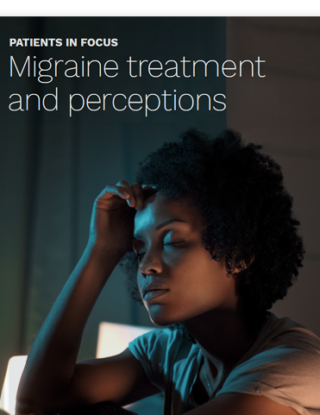It’s been a transformative few years for migraine therapy, with a slew of new acute and preventive prescription drugs entering the market backed by game-changing efficacy data. But despite intense market competition and broad advertising pushes, most patients haven’t tried preventive migraine medications, and nearly half haven’t tried acute prescription drugs. Instead, patients are taking over-the-counter (OTC) options, and in some cases, not even recognizing migraine as a health condition that is serious enough to discuss with their doctors.
Those aren’t the only issues drugmakers are contending with, either. Many patients who have tried new preventive migraine therapies aren’t satisfied with them, and 39% of that group has stopped taking them despite continuing to suffer serious migraine symptoms.
Using Phreesia PatientInsights survey data collected in July 2021 from more than 4,000 migraine patients checking in for their doctors’ appointments, this report will examine which patients are not currently using prescription migraine treatment options and why, along with how pharma marketers can increase patient uptake of these breakthrough therapies.
Report highlights include:
- Only about half of migraine sufferers (52%) have tried acute therapy, and only 37% have used preventive therapy
- Among patients who have talked to their doctors about their migraine headaches, 36% did not discuss acute migraine medications, and 46% did not discuss preventive treatment
- About one-fifth of surveyed patients (19%) said they had never talked to their doctors about their migraine symptoms
- Nearly half (47%) of patients couldn’t recall a single brand name in the preventive migraine category
- Among patients who reported trying preventive medications for migraine, 39% said they no longer took them



